Work Based Learning
A cluster is a
business sector of the economy along with the suppliers to the
businesses (supply chain) that are located in the same geographic area. Once the business "targets" are
identified in a cluster report, a zone or corridor (Workforce Investment
Area) is established
to provide an area where the businesses can be catered to in terms of
supplying their "inputs" and facilitating their "outputs".
The curriculum for the schools is redefined to accommodate the requirements for the businesses in the cluster in the area. For example, the Technology, Life and Career Curriculum Guide for Grades 6 & 7 was prepared for Idaho schools in 2004. (Note: changes to the education system move slowly so don't think this is an old plan. It's still in progress. Also, this pdf opens in a 2-up format, so at the bottom of the frame, change the view to one page otherwise, you'll have to scroll back and forth horizontally)
Clusters
Education Corresponding to Business
The following
slides were captured from a presentation prepared by the
Idaho Workforce Development Council (soviet). It should also
be noted that Common Core defines the core curriculum regardless of
which sector (career cluster) a child chooses (children won't really
choose - their career will be chosen for them). Succinctly, the
schools will not be educating students. They will be training
workers.
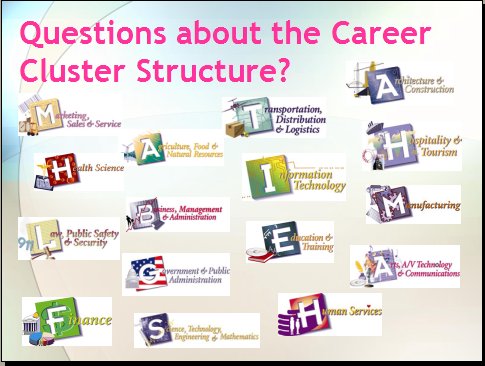
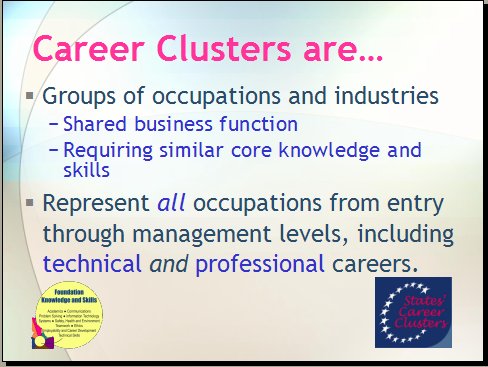
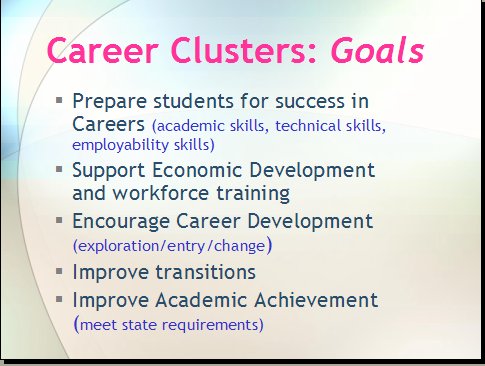
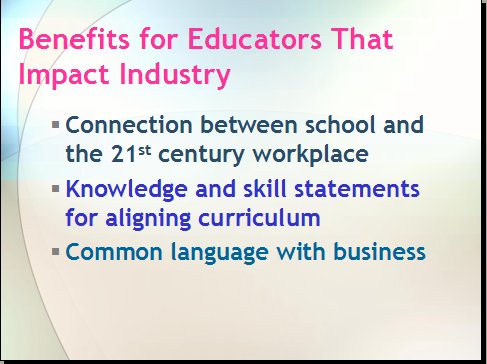
Note: this
slide says high school, but that is a misrepresentation (lie).
This
system begins teaching "workplace skills" in
kindergarten. Above this section,
there is a link to the curriculum development for
technical careers for Grades
6 and 7. In fact, worker training begins in
kindergarten under this redesigned
system.
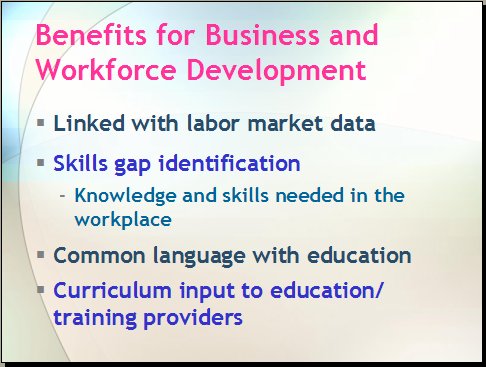
Co-operative Education in Cincinnati: Implications for School-to-Work Programs in the U.S.
W. N. Grubb, J. C. VilleneuveThe recent school-to-work legislation mandates work-based learning, one form of which is cooperative education. Yet individuals developing these programs have so far had few models from which to learn. This report offers an in-depth study of cooperative education in the Cincinnati area, where it has had a long and successful history. The authors--Norton Grubb, NCRVE's Berkeley site director, and Jennifer Curry Villeneuve--describe conditions crucial to exemplary coop programs, including a "high-quality equilibrium" of students and work experiences, sustained by the commitment and close working relationships of employers and schools. Also explored are challenges such as equitable access, and the split between employers with educational motives and those who see coop students as short-term labor. This paper is an excellent resource for anyone developing a cooperative education program.
MDS-1045 / December 1995
And the
statement that soviet polytechnical education being implemented under
the "kinder and gentler" label of work-based learning is confirmed by
this page on the North Central Regional Educational Laboratory website,
"New
Expectations for work-based learning" which is a link off the
"Critical
Issue: Developing Work-Based Learning Opportunities" webpage.
Work Based Learning
The Workforce Investment Act of 1998 called for zones to be established and managed by a Workforce Investment Board (a central planning soviet).
Title I authorizes the new Workforce Investment System. State workforce investment
boards will be established and States will develop five-year strategic plans. Governors will designate local "workforce investment areas" and oversee local workforce investment boards.
Guidebook for Mayors on Leveraging the Workforce Investment Act of 1998
This 'Workforce Investment System' and 'Workforce Investment Areas' are commonly referred to in the insider circles as the 'Innovation Ecosystem'. It is a program of providing federal and state funding and support for private profit. The benefits they tout do not benefit the society as a whole. In fact, with the international trade agreements, anything developed here will doubtless be exported for production to the same foreign countries that have already decimated our economy. "The CORE" in Meridian, Idaho is a relatively new zone. The San Diego Global Connect Zone is a mature zone. But you can do a search on the term, "Innovation Ecosystem" and you will see that this is a cookie cutter system around the globe to create a special and separate economy for the selected elite and connected few.
Perception Management
The School-to-Work concept was sold on the idea that it would be for disadvantaged urban youth. The truth is that it was a mandate for all American schools to implement the soviet system of polytechnical education for ALL American students for ALL institutions of learning.
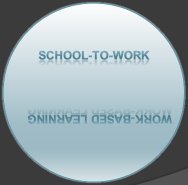
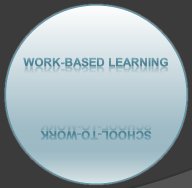
Education activists are well aware of "school-to-work" as a concept for K-12. But to see the real significance of it, especially for biomedical research, one must look at it from the point of view of "Work Based Learning" at the college - and especially the graduate student level.
It's a system of exploitation of young people. Virtually free labor for corporations that "partner" with the universities and government.
Excerpt from "The CORE" website
NOTE: Below WAS an excerpt from The Core website. They've changed their website but if you look around the website, you'll be able to find the information below but not as succinctly stated.
ISU Meridian Health Science Center offers 25 programs of graduate and undergraduate study, including expansion of the university’s world-renowned pharmacy program, fast-track nursing, physician-assistant studies, clinical lab science, audiology, speech-language pathology, counseling, paramedic science, public health and dietetics.
Do the math. Free student labor engaged in "work based learning"
over time for businesses located in "The CORE" and connected to "The
CORE". Then picture the scenario of concentrations of
economic activity focusing on the pharmaceuticals industry - and the
future desperation of people locked into this slave system of a
centrally planned economy and you have the recipe for the crimes against
humanity that are inevitable through applied genetics and biomedical
research.